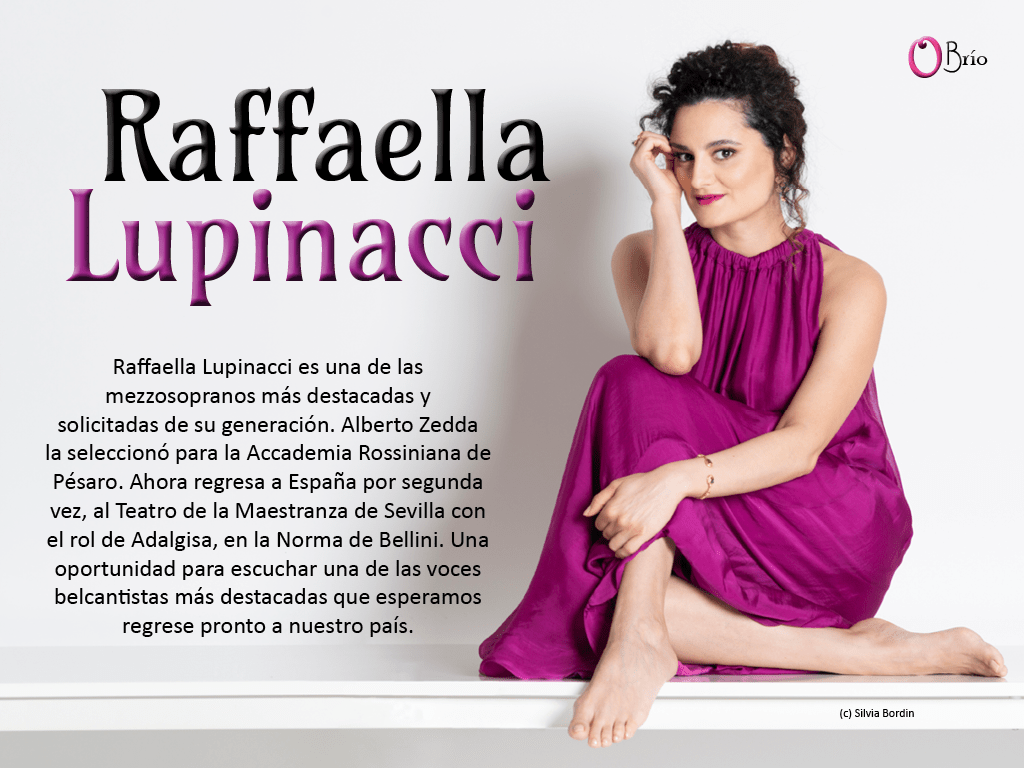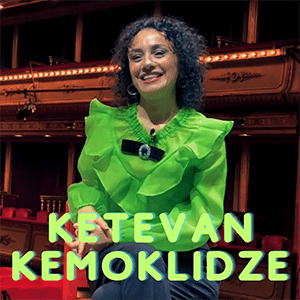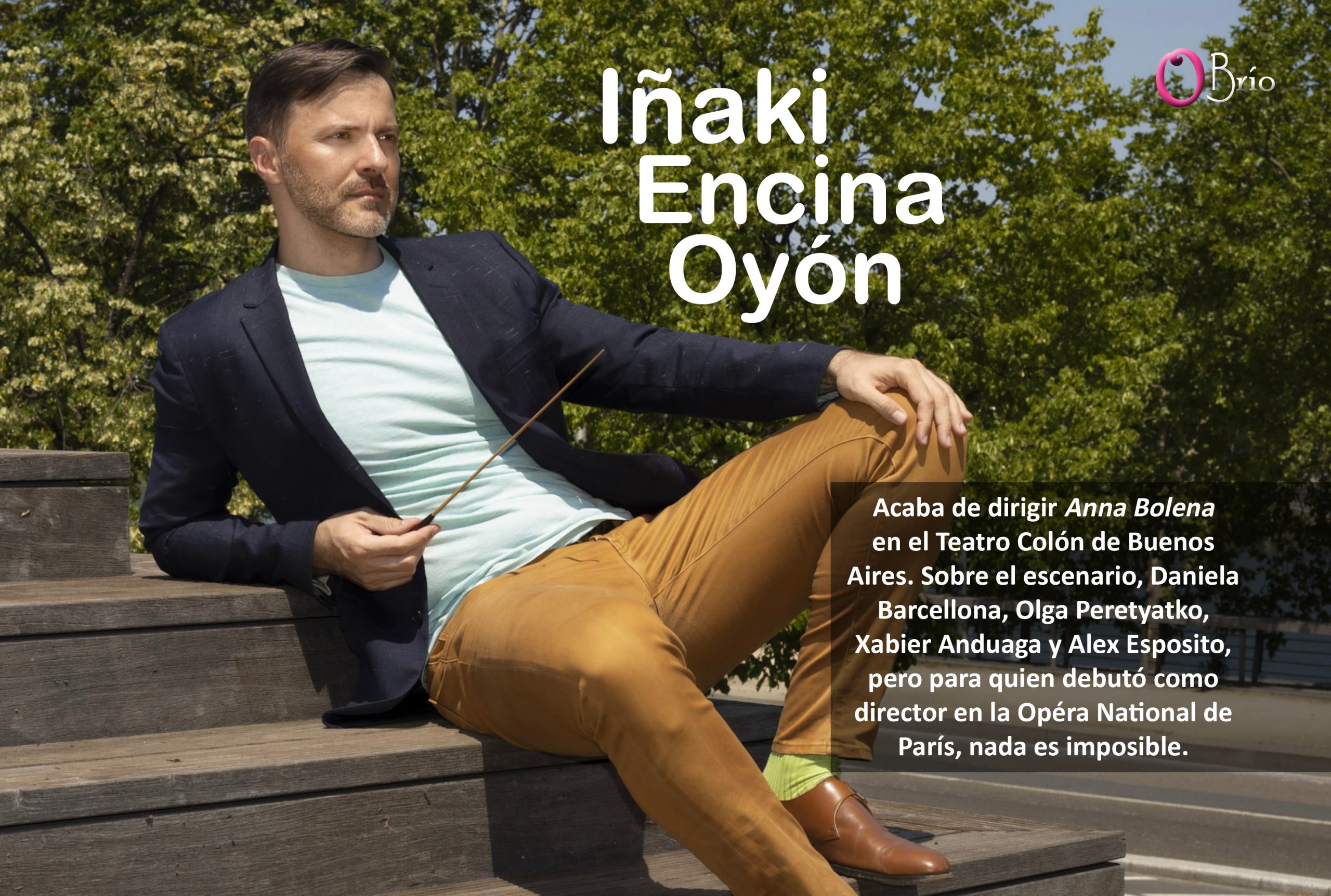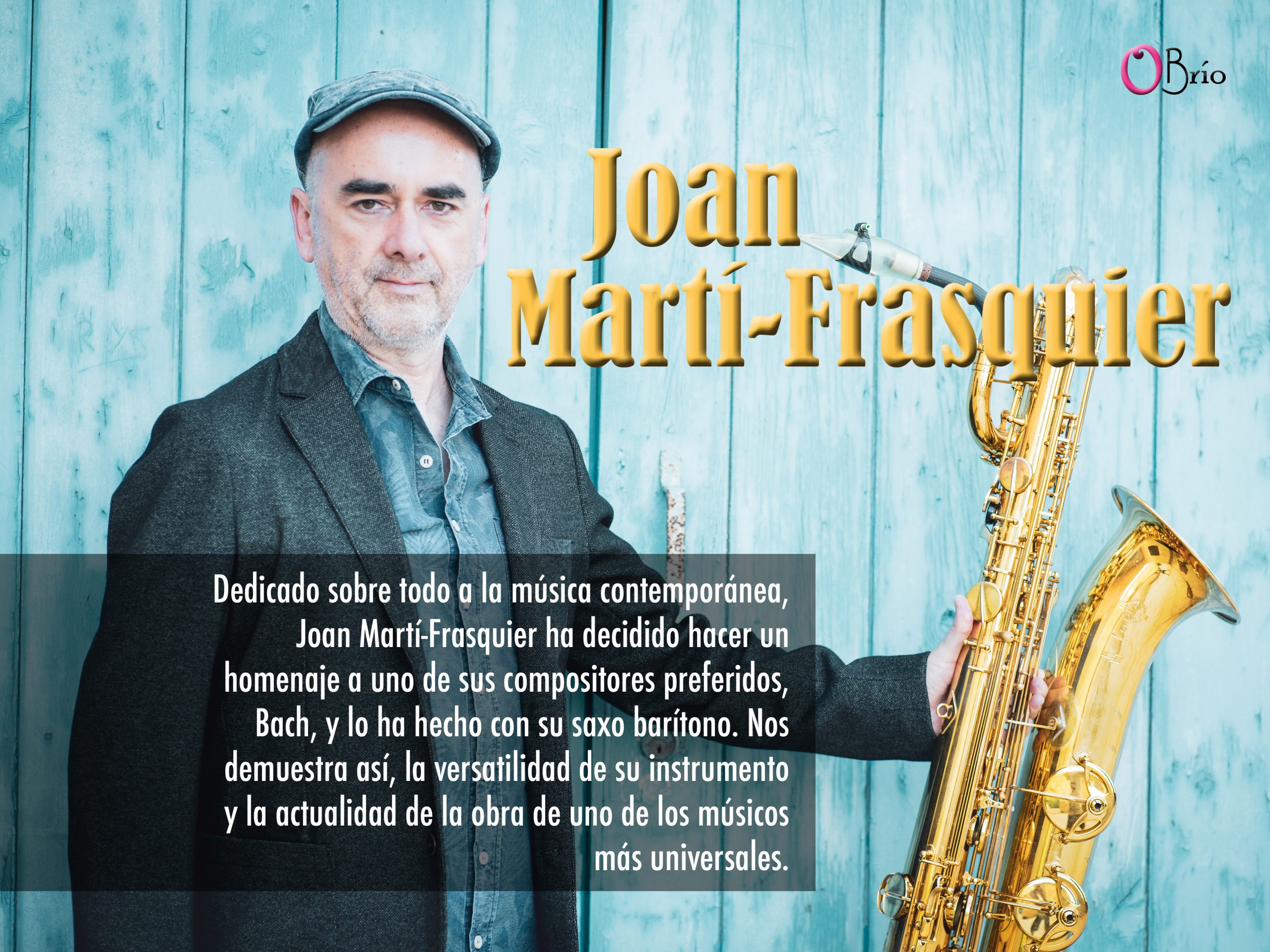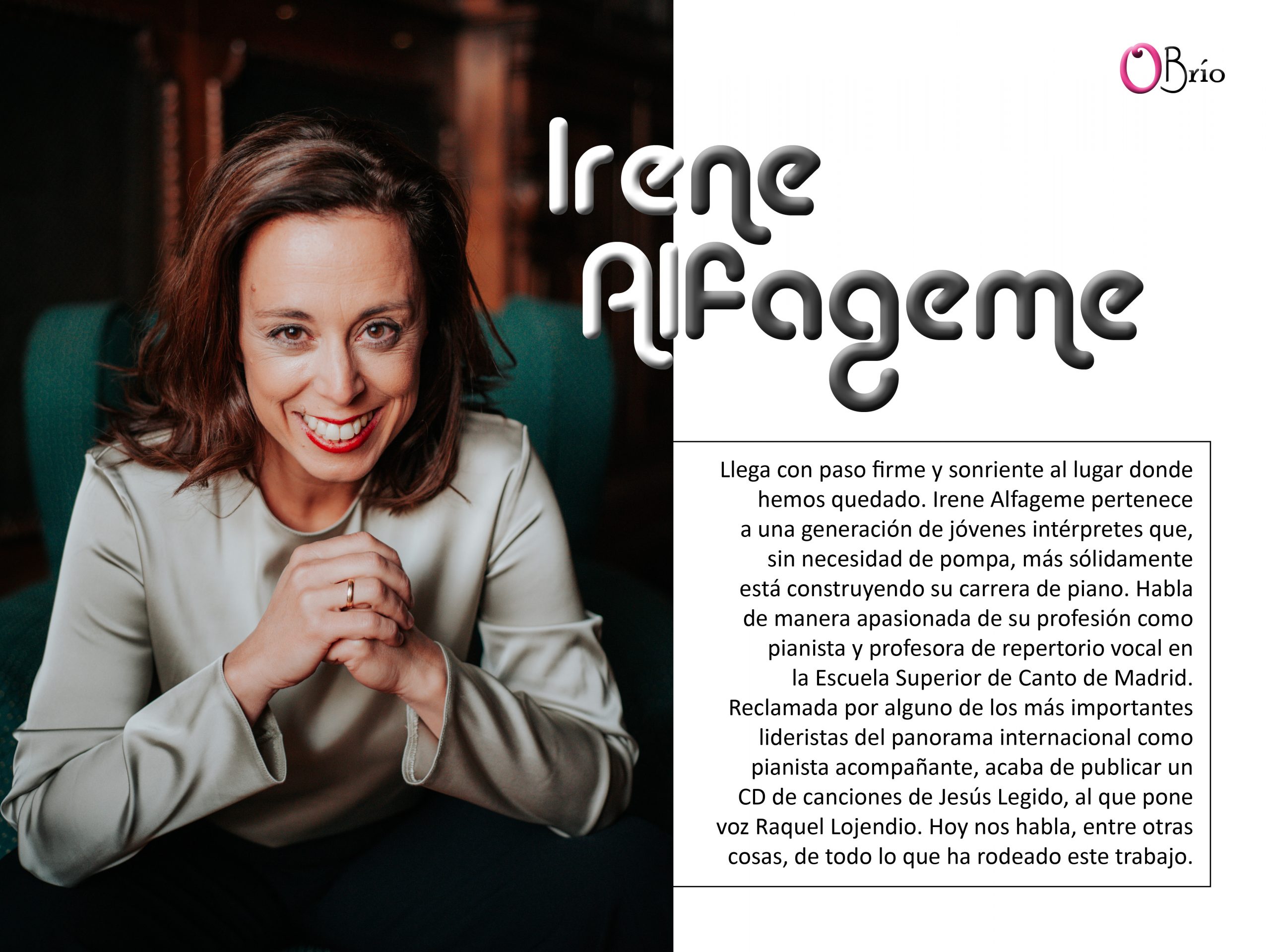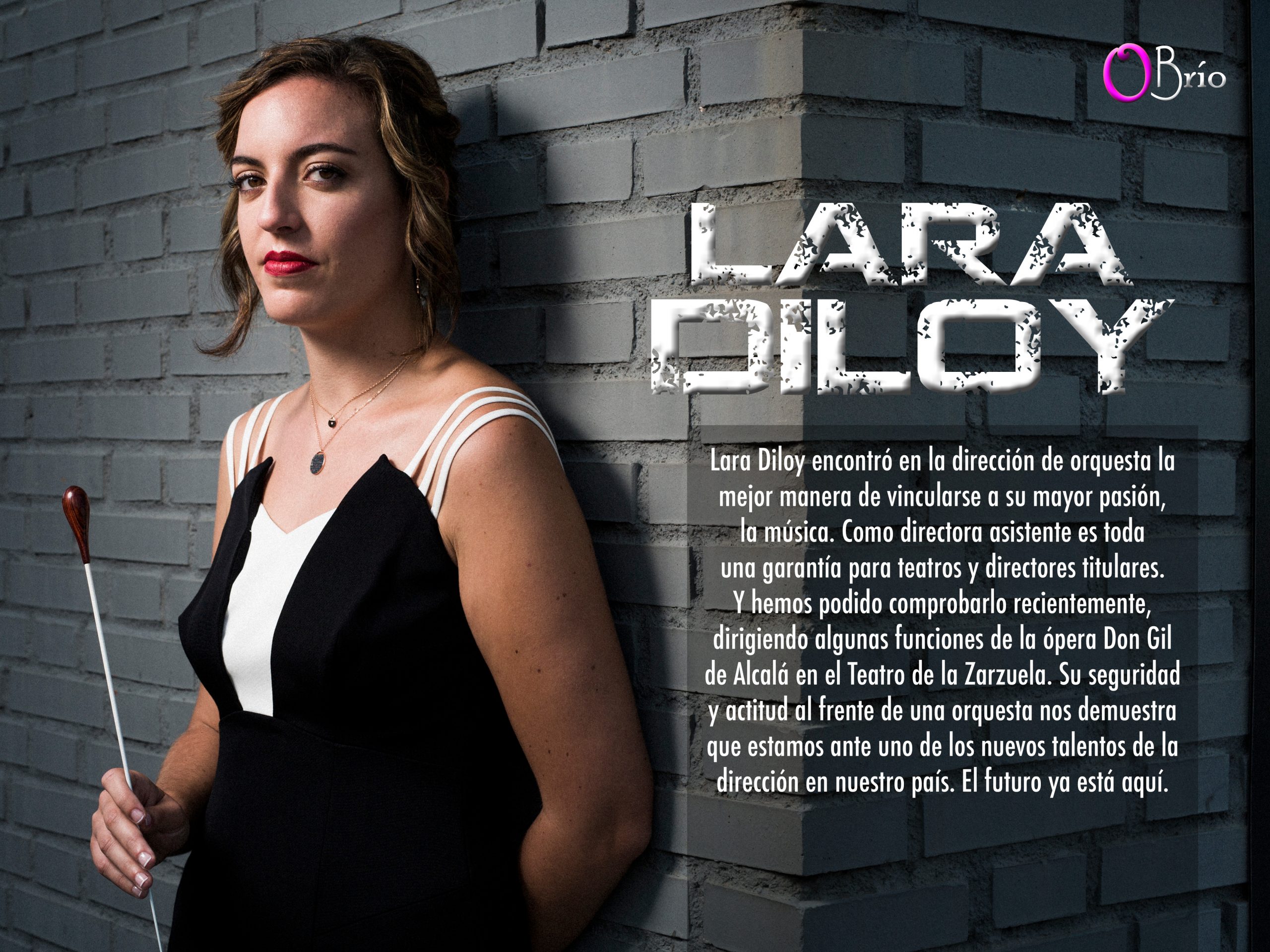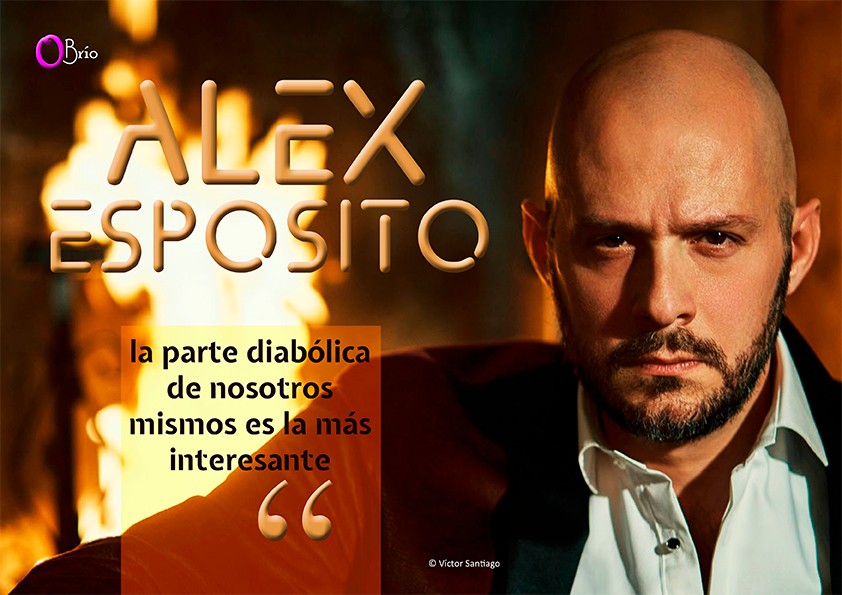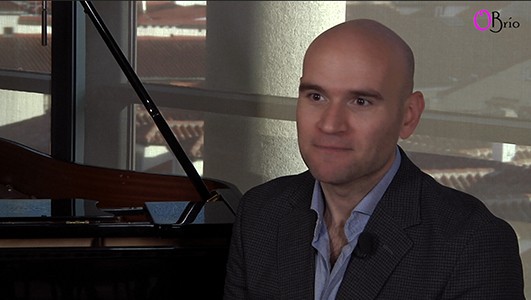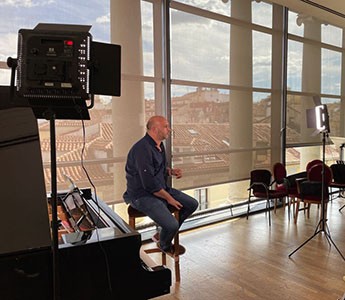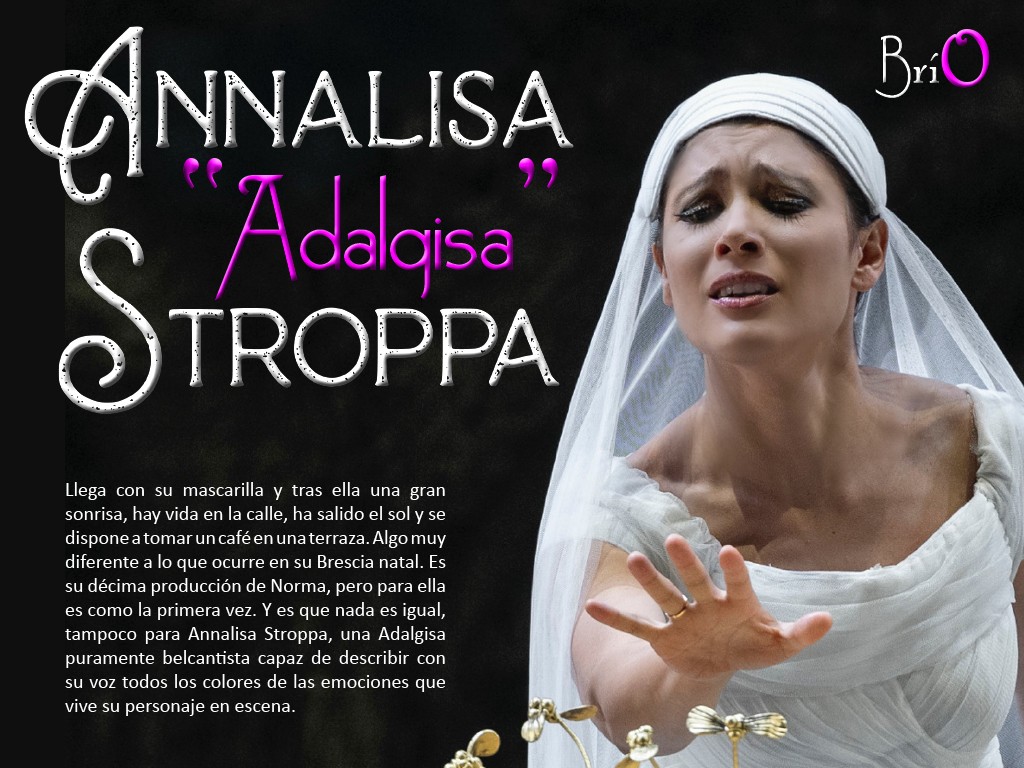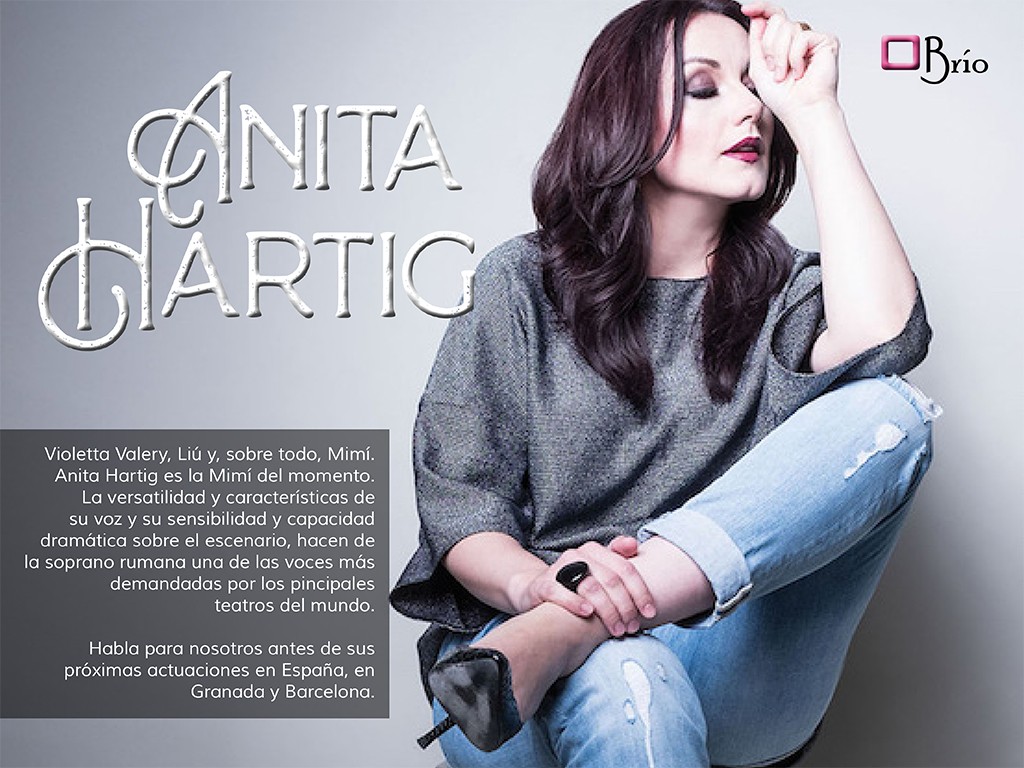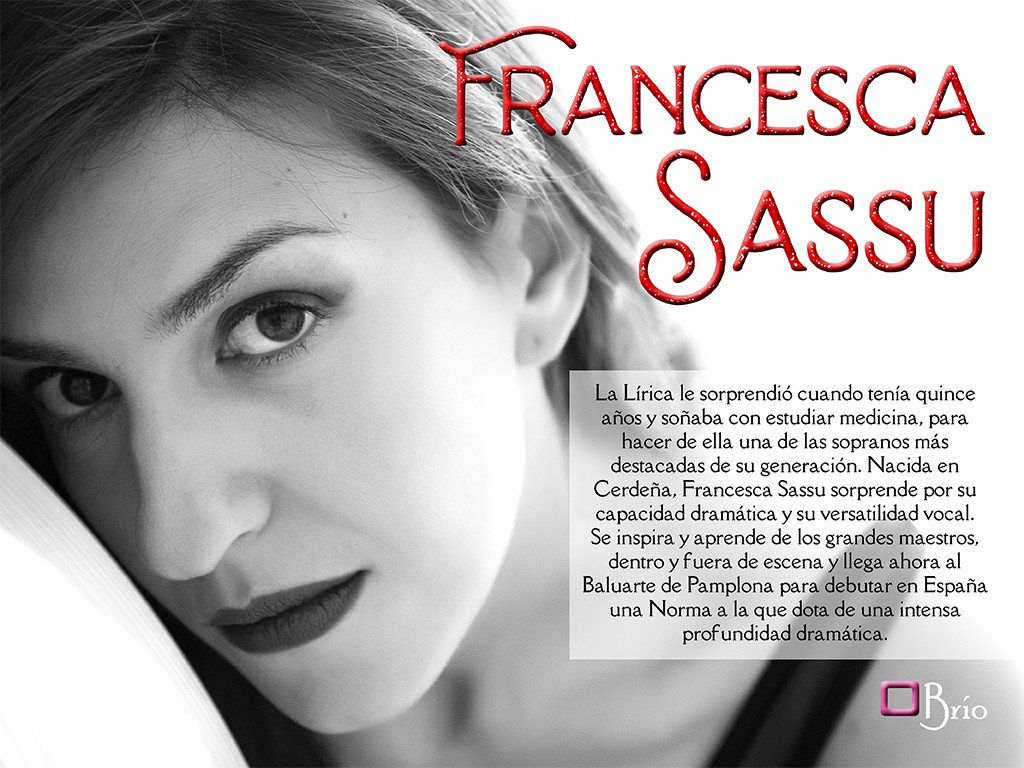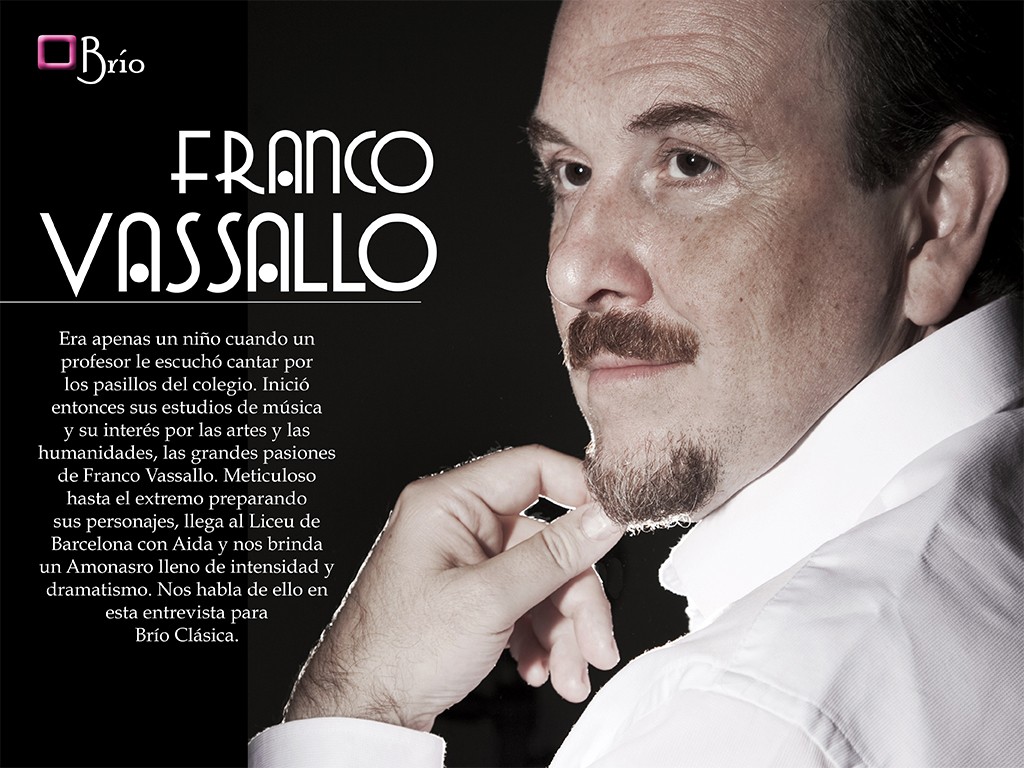Entrevista a Manuel Busto, director y compositor de La Bella Otero
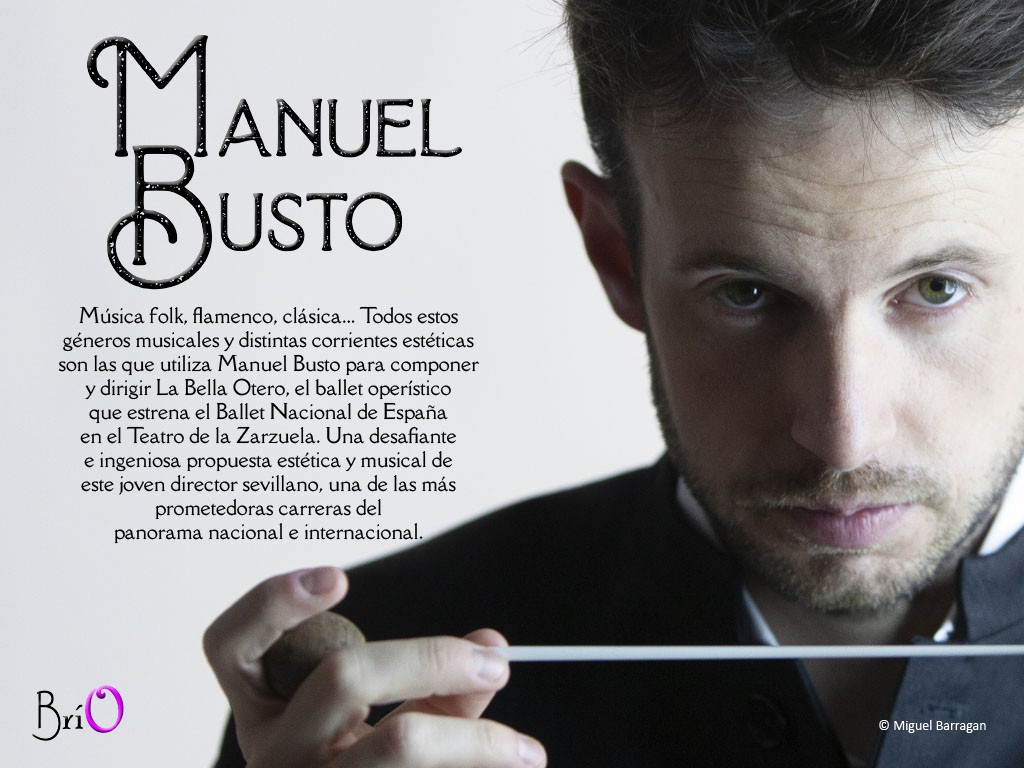
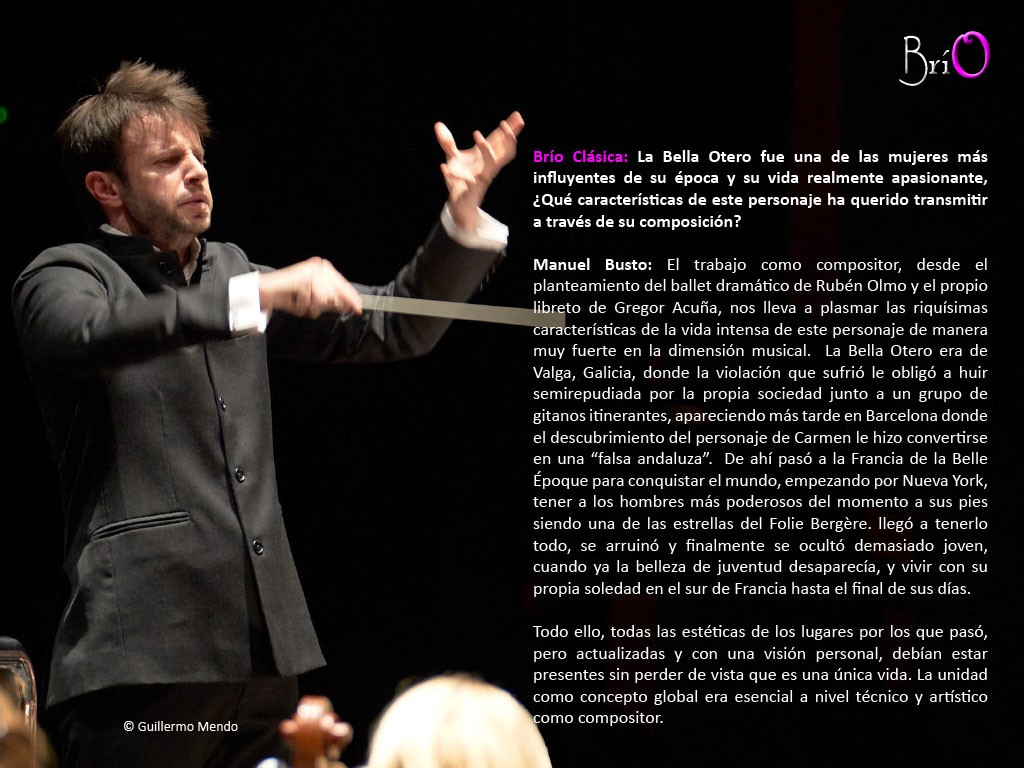
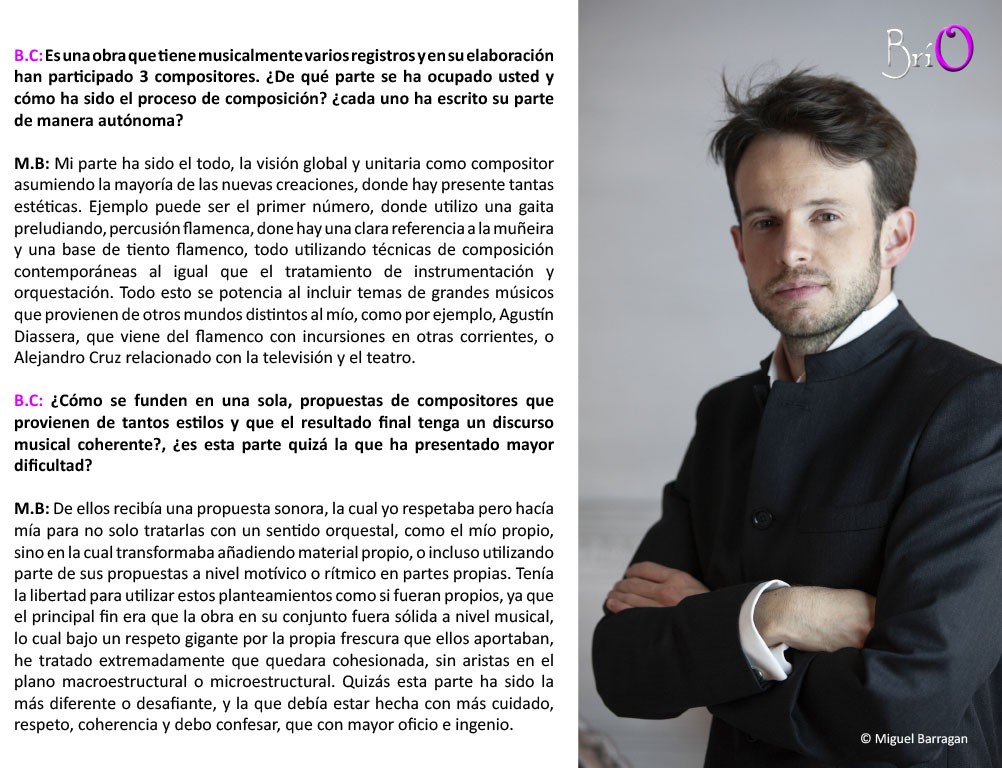
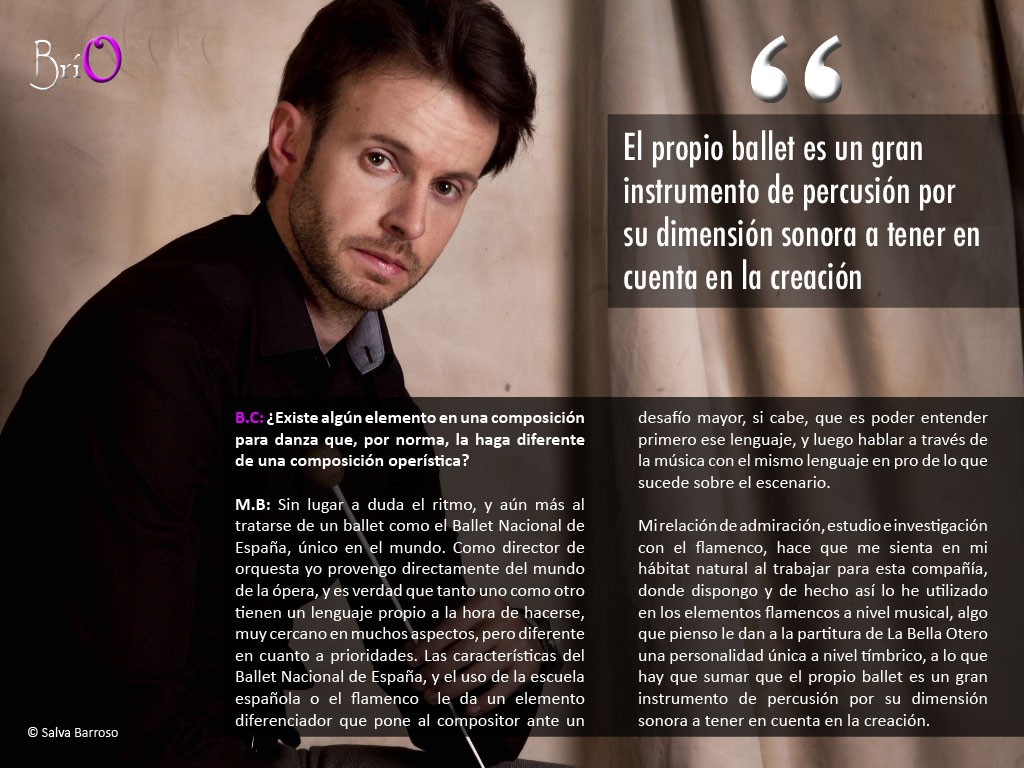
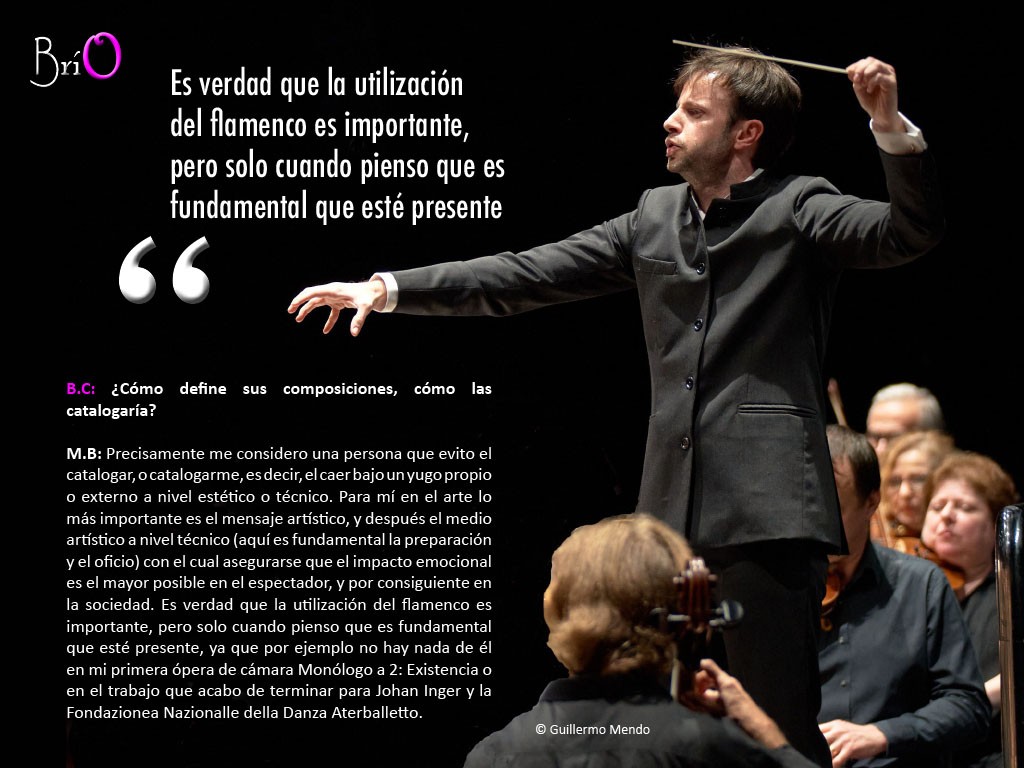
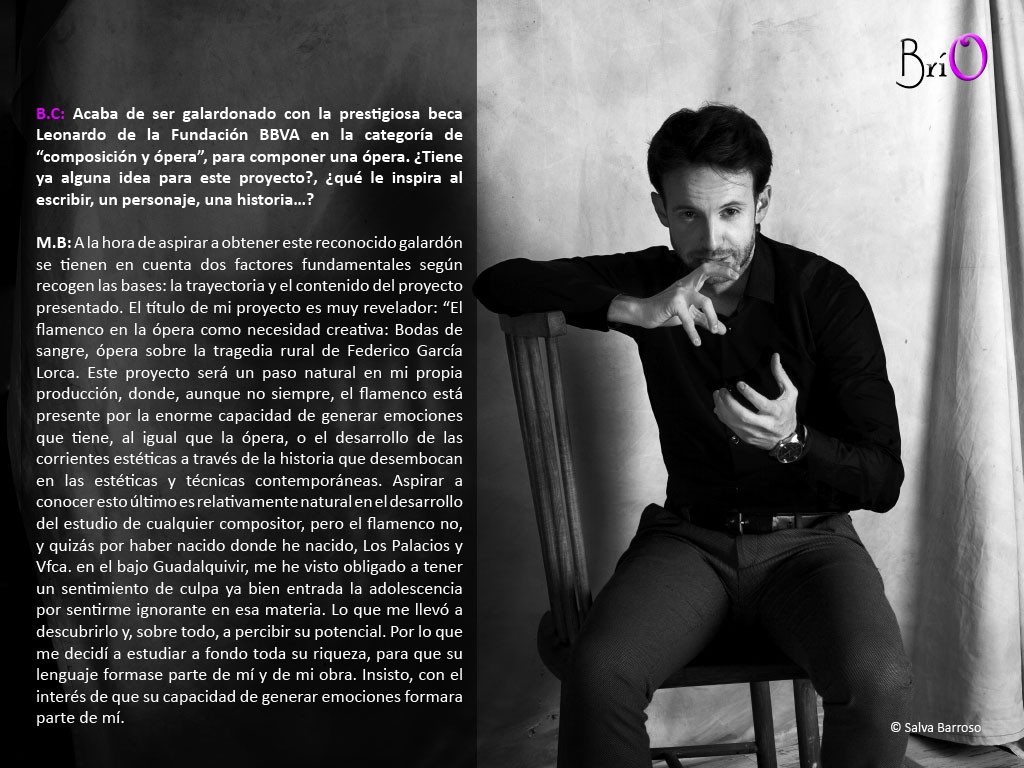
Entrevista Manuel Busto, director y compositor de La Bella Otero Música folk, flamenco, clásica… Todos estos géneros musicales y distintas corrientes estéticas son las que utiliza Manuel Busto para componer y dirigir La Bella Otero, el ballet operístico que estrena La Compañía Nacional de Danza en el Teatro de la Zarzuela. Una desafiante e ingeniosa propuesta estética y musical de este joven director sevillano, una de las más prometedoras carreras del panorama nacional e internacional.Brío Clásica: La Bella Otero fue una de las mujeres más influyentes de su época y su vida realmente apasionante, ¿Qué características de este personaje ha querido transmitir a través de su composición?
Manuel Busto: El trabajo como compositor, desde el planteamiento del ballet dramático de Rubén Olmo y el propio libreto de Gregor Acuña, nos lleva a plasmar las riquísimas características de la vida intensa de este personaje de manera muy fuerte en la dimensión musical. La Bella Otero era de Valga, Galicia, donde la violación que sufrió le obligó a huir semirepudiada por la propia sociedad junto a un grupo de gitanos itinerantes, apareciendo más tarde en Barcelona donde el descubrimiento del personaje de Carmen le hizo convertirse en una “falsa andaluza”. De ahí pasó a la Francia de la Belle Époque para conquistar el mundo, empezando por Nueva York, tener a los hombres más poderosos del momento a sus pies siendo una de las estrellas del Folie Bergère. llegó a tenerlo todo, se arruinó y finalmente se ocultó demasiado joven, cuando ya la belleza de juventud desaparecía, y vivir con su propia soledad en el sur de Francia hasta el final de sus días.
Todo ello, todas las estéticas de los lugares por los que pasó, pero actualizadas y con una visión personal, debían estar presentes sin perder de vista que es una única vida. La unidad como concepto global era esencial a nivel técnico y artístico como compositor.
B.C: Es una obra que tiene musicalmente varios registros y en su elaboración han participado 3 compositores. ¿De qué parte se ha ocupado usted y cómo ha sido el proceso de composición? ¿cada uno ha escrito su parte de manera autónoma?
M.B: Mi parte ha sido el todo, la visión global y unitaria como compositor asumiendo la mayoría de las nuevas creaciones, donde hay presente tantas estéticas. Ejemplo puede ser el primer número, donde utilizo una gaita preludiando, percusión flamenca, done hay una clara referencia a la muñeira y una base de tiento flamenco, todo utilizando técnicas de composición contemporáneas al igual que el tratamiento de instrumentación y orquestación. Todo esto se potencia al incluir temas de grandes músicos que provienen de otros mundos distintos al mío, como por ejemplo, Agustín Diassera, que viene del flamenco con incursiones en otras corrientes, o Alejandro Cruz relacionado con la televisión y el teatro.
B.C: ¿Cómo se funden en una sola, propuestas de compositores que provienen de tantos estilos y que el resultado final tenga un discurso musical coherente?, ¿es esta parte quizá la que ha presentado mayor dificultad?
M.B: De ellos recibía una propuesta sonora, la cual yo respetaba pero hacía mía para no solo tratarlas con un sentido orquestal, como el mío propio, sino en la cual transformaba añadiendo material propio, o incluso utilizando parte de sus propuestas a nivel motívico o rítmico en partes propias. Tenía la libertad para utilizar estos planteamientos como si fueran propios, ya que el principal fin era que la obra en su conjunto fuera sólida a nivel musical, lo cual bajo un respeto gigante por la propia frescura que ellos aportaban, he tratado extremadamente que quedara cohesionada, sin aristas en el plano macroestructural o microestructural. Quizás esta parte ha sido la más diferente o desafiante, y la que debía estar hecha con más cuidado, respeto, coherencia y debo confesar, que con mayor oficio e ingenio.
B.C: ¿Existe algún elemento en una composición para danza que, por norma, la haga diferente de una composición operística?
M.B: Sin lugar a duda el ritmo, y aún más al tratarse de un ballet como el Ballet Nacional de España, único en el mundo. Como director de orquesta yo provengo directamente del mundo de la ópera, y es verdad que tanto uno como otro tienen un lenguaje propio a la hora de hacerse, muy cercano en muchos aspectos, pero diferente en cuanto a prioridades. Las características del Ballet Nacional de España, y el uso de la escuela española o el flamenco le da un elemento diferenciador que pone al compositor ante un desafío mayor, si cabe, que es poder entender primero ese lenguaje, y luego hablar a través de la música con el mismo lenguaje en pro de lo que sucede sobre el escenario.
Mi relación de admiración, estudio e investigación con el flamenco, hace que me sienta en mi hábitat natural al trabajar para esta compañía, donde dispongo y de hecho así lo he utilizado en los elementos flamencos a nivel musical, algo que pienso le dan a la partitura de La Bella Otero una personalidad única a nivel tímbrico, a lo que hay que sumar que el propio ballet es un gran instrumento de percusión por su dimensión sonora a tener en cuenta en la creación.
B.C: ¿Cómo define sus composiciones, cómo las catalogaría?
M.B: Precisamente me considero una persona que evito el catalogar, o catalogarme, es decir, el caer bajo un yugo propio o externo a nivel estético o técnico. Para mí en el arte lo más importante es el mensaje artístico, y después el medio artístico a nivel técnico (aquí es fundamental la preparación y el oficio) con el cual asegurarse que el impacto emocional es el mayor posible en el espectador, y por consiguiente en la sociedad. Es verdad que la utilización del flamenco es importante, pero solo cuando pienso que es fundamental que esté presente, ya que por ejemplo no hay nada de él en mi primera ópera de cámara Monólogo a 2: Existencia o en el trabajo que acabo de terminar para Johan Inger y la Fondazionea Nazionalle della Danza Aterballetto.
B.C: Acaba de ser galardonado con la prestigiosa beca Leonardo de la Fundación BBVA en la categoría de “composición y ópera”, para componer una ópera. ¿Tiene ya alguna idea para este proyecto?, ¿qué le inspira al escribir, un personaje, una historia…?
M.B: A la hora de aspirar a obtener este reconocido galardón se tienen en cuenta dos factores fundamentales según recogen las bases: la trayectoria y el contenido del proyecto presentado. El título de mi proyecto es muy revelador: “El flamenco en la ópera como necesidad creativa: Bodas de sangre, ópera sobre la tragedia rural de Federico García Lorca. Este proyecto será un paso natural en mi propia producción, donde, aunque no siempre, el flamenco está presente por la enorme capacidad de generar emociones que tiene, al igual que la ópera, o el desarrollo de las corrientes estéticas a través de la historia que desembocan en las estéticas y técnicas contemporáneas. Aspirar a conocer esto último es relativamente natural en el desarrollo del estudio de cualquier compositor, pero el flamenco no, y quizás por haber nacido donde he nacido, Los Palacios y Vfca. en el bajo Guadalquivir, me he visto obligado a tener un sentimiento de culpa ya bien entrada la adolescencia por sentirme ignorante en esa materia. Lo que me llevó a descubrirlo y, sobre todo, a percibir su potencial. Por lo que me decidí a estudiar a fondo toda su riqueza, para que su lenguaje formase parte de mí y de mi obra. Insisto, con el interés de que su capacidad de generar emociones formara parte de mí.

